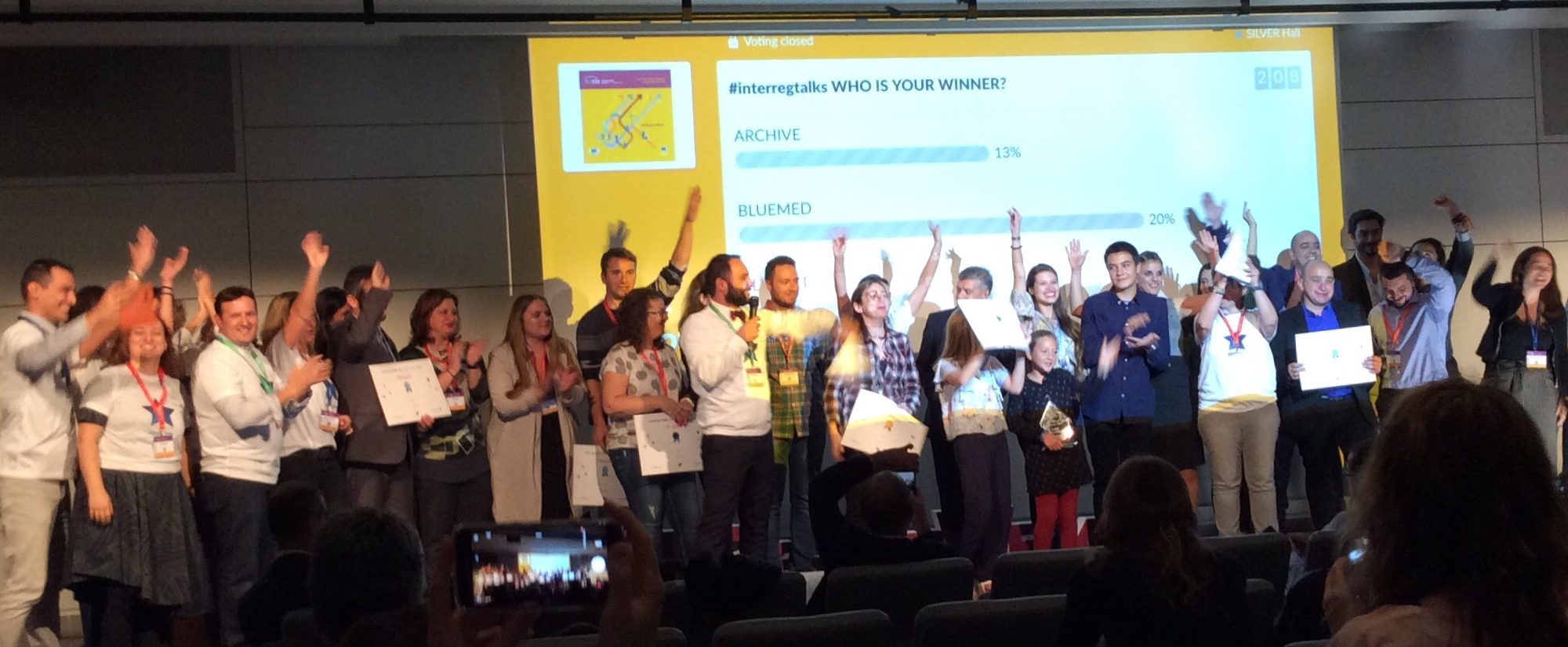Syntax is just one of the categories of linguistics. Carl Lee Baker (1989) wrote a whole book 500 pages on just English syntax, can you imagine. I like his modesty in the introduction stating that English syntax is just a subfield of linguistics (p.12). Other languages have different structures, some might be very different from our ways to communicate even. The ways how animals or plants communicate is an exciting subfield of linguistics, psychology and biology (Carrie Fidgor, Pieces of Mind). The SPO structure of sentences is only one simple way of constructing sentences. Syntax is much more complex. The sociological aspect of linguistics and syntax lies in the “acceptability judgements”, which are present once we establish rules and sort phrases into correct or incorrect sentence structures. Norms and standardisation as well as authority to decide on correctness becomes an issue. Countries used to many dialects or multilingual populations are confronted with these issues on a daily basis. Linguistics as basis of communication is continuously present even in the mental structure. Bilingualism, tri-lingualism and their effects on minds, competences, behaviour, culture and societies are own thriving research fields. Building a sentence or a phrase, following Baker, is built around a head and their complements. Such minimal phrases are comparable to what we coin in a simplified manner the subject-predicate-object structure of a sentence. The definition of the nucleus of the structure of a sentence is also about conventions and acceptability. Staccato speech and rap-music are examples of forms of speech, which are often considered beyond the normal. Computer voices are becoming more normal as we are faced with chat bots all around us now. The image below reflects the simplified “representation of syntactic structure” (p.48 The Cambridge grammar of the English language 2002 review here). To play around with “Clause”, let us analyse the clause: I bought a shirt; I wonder what I bought. You know what I mean Klaus, it is a clause, or is it Dady gone gaga = DADA? 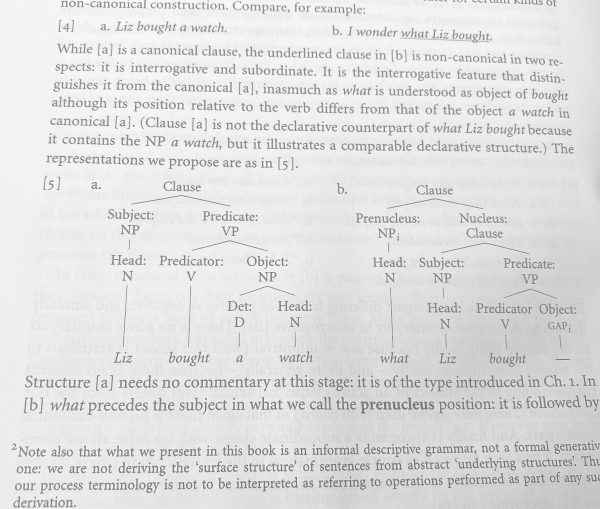
X for Xeno
Xeno is the root of the much more commonly used words of xenophobia or xenophilia. Xenos, in its Greek original, just means guest, strangeness or coming from another place. With the awareness of coming from another place or dreaming of another place we create the link Xeno-link to migration. Everybody knows about migration experiences, be they just from one village to the neighbouring one, rural- urban migration or beyond language or legal boundaries. Interesting new perspectives on the issue are rare. To view migration from an optimism or pessimism angle is a bit like a Picasso-like view on the century-old topic. Beyond out-migration and in-migration there is the population left behind in the villages, regions, countries or nations. Optimism seems to guide the outmigrants. Realizing to become viewed and stigmatised as an immigrant might reduce optimism considerably. Pessimism might spread among the persons who do not succeed locally or to migrate in those sending regions or countries. Migration is a selection process of multiple forms. The western view of in-migration has for most parts focused on labour market related preferences. Skill shortages urge us to accept the “being somehow different” more easily. Learning to cope with this is called “intercultural competence”. In Berlin this is accessible through learning-by-doing or going to cultural events. Even there, 2 further steps are needed:
First step ahead, have more diversity everywhere, including so-called high art or centers of excellence (video xeno video22). Second step, consider it strange, if diversity is not the standard or part of day-to-day or normal life.
The performance of Mozart’s opera “Mitridate” at the Deutsche Staatsoper with performers and creators (booklet!) from all continents might be a good start to nourish xenophilia instead of xenophobia.
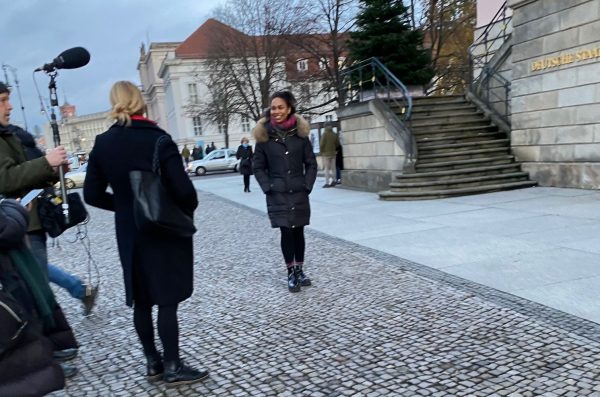
Radikalisierung
Prozesse der Radikalisierung von Jugendlichen und jungen Erwachsenen laufen über die Geschichte hinweg oftmals in vergleichbaren Formen ab. Das bedeutet jedoch nicht die Gleichsetzung solcher Prozesse. Das ist eine der Botschaften von Peter Schäfer (2021) “Kurze Geschichte des Antisemitismus“. Wichtig ist immer wieder hervorzuheben, “Die Ablehnung und Verunglimpfung des Judentums gehört nicht grundsätzlich zur Botschaft des Koran, sondern erklärt sich, wo sie zutage tritt, aus der politischen Gemengelage” (S. 113). Das trifft genau den Kern der derzeitigen Lage im Nahen Osten. Zunächst wird Hass geschürt und dann eine explosive Stimmung erzeugt. Wenn anschließend Radikale die Oberhand gewinnen, ist es bis zur Explosion des Pulverfasses nicht mehr lange hin. Das erleben wir gerade erneut. Eine Provokation durch Enteignung und Räumung hat im Fastenmonat buchstäblich das Fass zum Überlaufen gebracht. Raketenbeschuss einerseits, Abfangschirm und Vergeltung durch gezielte Zerstörung folgen. “Die ständige Ambivalenz zwischen Hass auf die Juden und Angst vor den Juden” (S. 295) zieht sich bereits durch die Jahrhunderte des Antisemitismus, wie Peter Schäfer aufzeigt. Dieses Schema zeigt sich am 15/16/ 17. Mai 2021 erneut. Laut Tagesspiegel print (S.4) haben die Aggressionen sich längst auch auf Europa übertragen (auch online Tsp). Da bleibt viel Aufklärungsarbeit zu leisten. Wer glaubt das können Eltern alleine und auch selbst im HomeOffice nebenbei leisten, täuscht sich gewaltig. In 3 Stunden pro Woche im Sozialkundeunterricht wird das eventuell leistbar sein. Jedoch die derzeitigen antisemitischen Hassbekundungen zeigen vor allem eins: Das Versagen des Unterrichts in der Vergangenheit und eklatante Versäumnisse bei der Eingliederung von Zugewanderten und Asylsuchenden. Bevor das in den Wahlkampf gerät, sollte sich ein Konsens der demokratischen Parteien bilden, endlich der Angst, dem Hass und der Radikalisierung entgegen zu treten. Den Antisemitismus bekämpfen, heisst viel miteinander zu reden, zu diskutieren, um Berühungsängste abzubauen und “Miteinander” statt “Gegeneinander” zu erlernen. Das ist schwierig in einer bereits mit Hass aufgeladenen Stimmung. Besonnenheit ist gefragt und nicht das platte Drohen mit harten Strafen. Da macht es sich der deutsche Innenminister Seehofer viel zu einfach. Wahlkampfposen helfen noch am wenigsten, das gilt für Deutschland, ebenso für Israel, das sich gefühlt seit mehreren Jahren im Dauerwahlkampfmodus befindet.
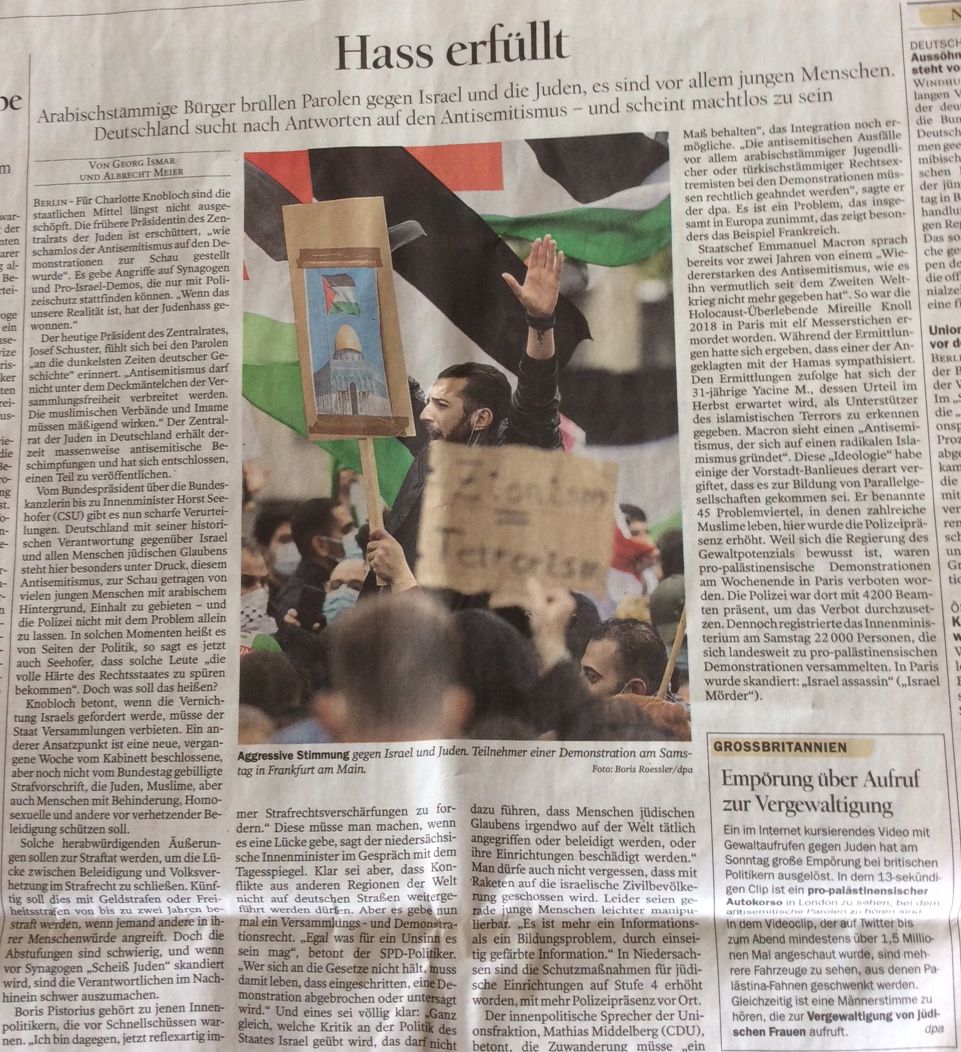
Kalt in Schweden
Alter Schwede, es ist kalt geworden in Schweden. Ganze Generationen von Studenten der Sozialwissenschaft wurden mit dem skandinavischen Modell des Wohlfahrtsstaates traktiert. Neue Zahlen von Eurostat zeigen das Auseinandertriften des skandinavischen Modells. Sweden setzt sich mit liberaler Regierung seit Jahren ab von der historisch gewachsenen skandinavischen Zugehörigkeit. Warum macht das die Finanzpresse zu einer Top-Data-Info auf ihrer Titelseite. Es wirft viel etabliertes Wissen über den Haufen. Gepaart mit Daten zu Todesfällen durch Covid-19 (von JHU pro 100.000) in Skandinavien ist klar, dass sich für Schweden ein Quantensprung ereignet hat, weg vom sozialdemokratischen Wohlfahrtsstaat hin zum liberal-konservativen Modell englischer Prägung. Das tut weh. Vorbei die Zeiten für Pilgerreisen nach Schweden zu starkem öffentlichen Sektor mit Bibliotheken als Kathedralen für Bildungsgleichheit und Ansprüchen an Chancengleichheit und solidem sozialem Sicherheitsnetz. Jetzt heisst es schwedischer Sozialstaat für Schweden. Bitte rasch die Vorlesungsnotizen anpassen, damit der Etikettenschwindel sich nicht fortsetzt. 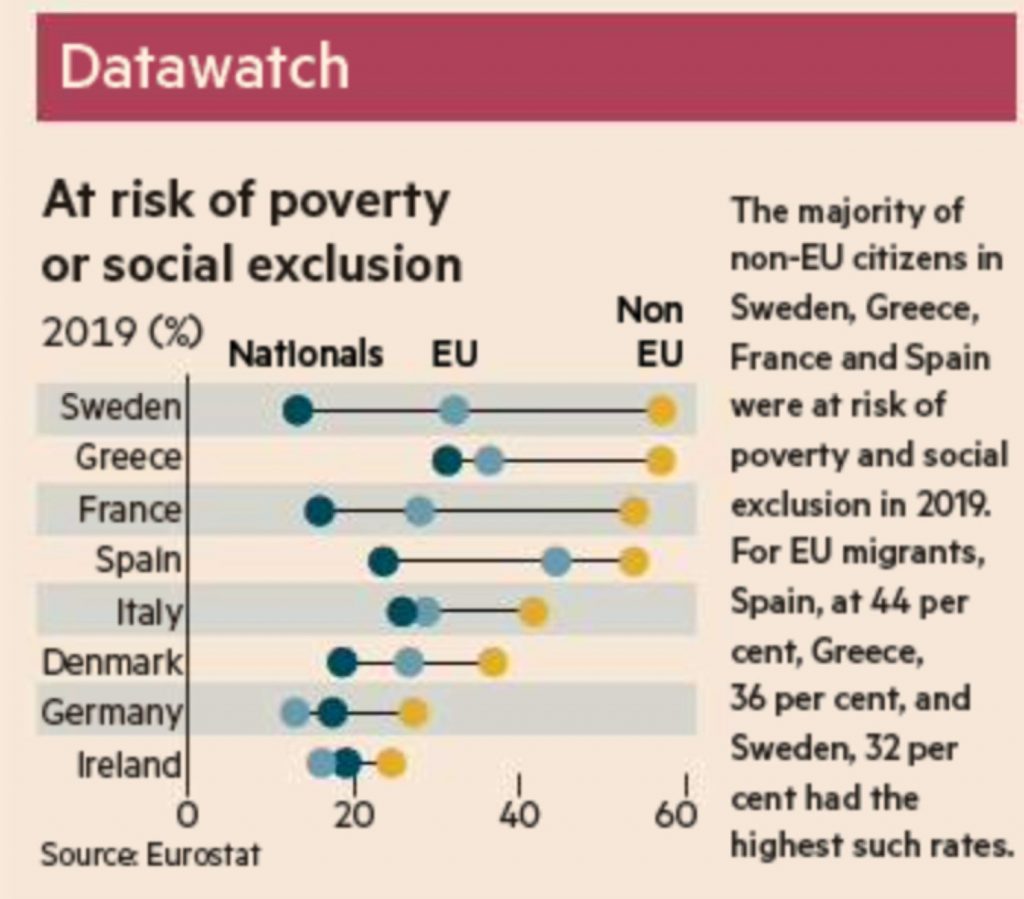
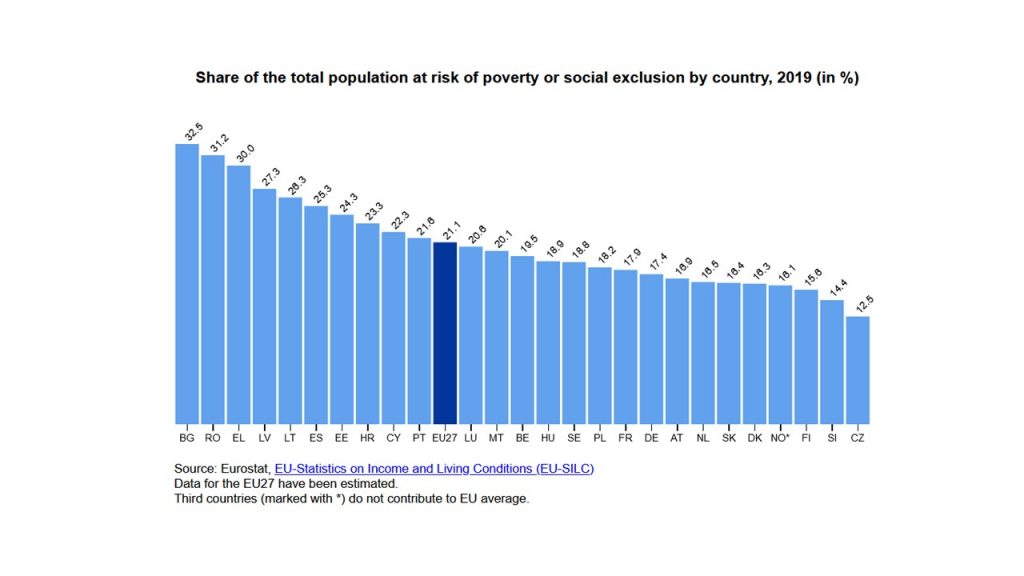
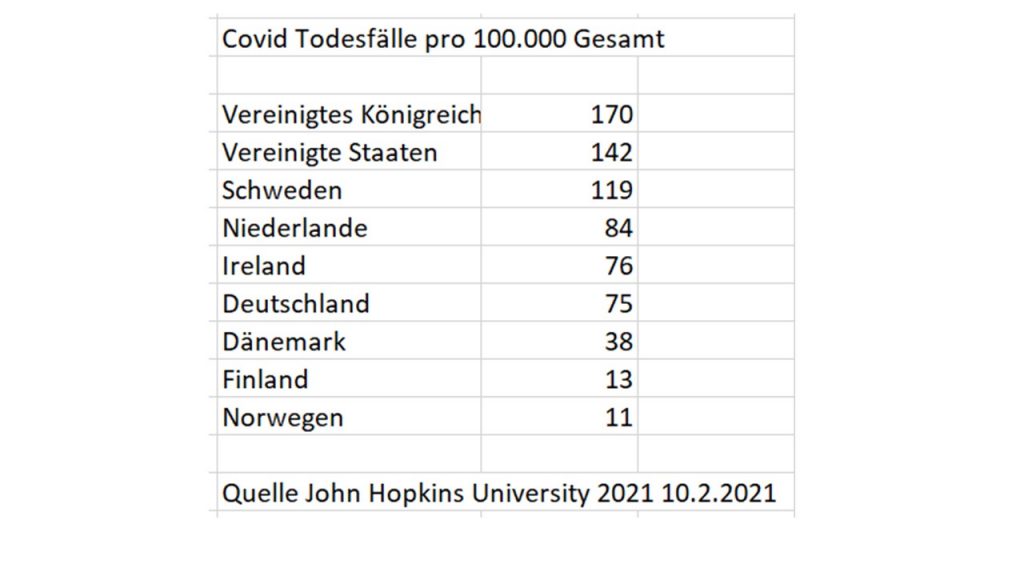
Masculinities
The exhibition of photos and film on “masculinities,liberation through photography” is an excellent example of how artistic approaches to central social phenomena enrich our understanding. The collection of images on masculinities enlightens and reveals the social construction of masculinity. All persons interested in such basic questions should grab the opportunity to pay a visit to the Barbican Centre in London until May 2020 (Later also in Berlin). Perfect choice of a location as the Barbican Centre represents a fine example of “brutal architecture” in London. This is already worth a visit for those not familiar with such concepts. Prepare to get lost somewhere in the multitude of cultural offerings. It feels like Centre Pompidou in Paris, but has additionally a splendid concert hall.
Depending on the time and location of our upbringing we are subject to different social constructions of masculinity. Browse through family collections of photos from grand fathers, fathers and your own youth and maybe your children. From the perspective of how masculinity has been framed at different epochs and across continents, it is obvious that masculinity just as feminity are constructed by social discourse, social choices and media representations. Make it a choice – nowadays – yes we can !
Read on with a critic published in “The Guardian” or “The Sunday Times“.
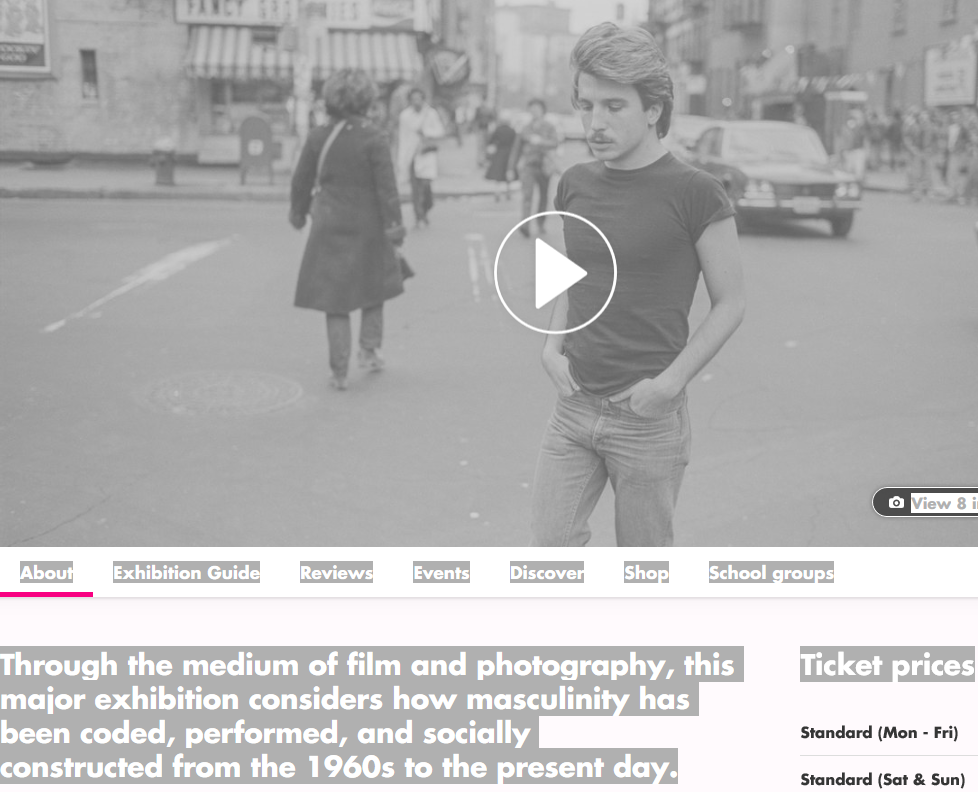
Geben und Nehmen
Gedanken aus Anlass des Weihnachtsfestes.
Zum Schenken gehören immer 2 Parteien. Gerade Weihnachten ist ein Geben und Nehmen. Dazu gab es in der letzten Adventswoche eine interessante Sendung von 5 x 10 Minuten im Deutschlandfunk von Mechthild Klein. Hier erstmal die Links.
Judentum Kleine Geschenke vollenden die Schöpfung
Buddhismus Reich ist, wer teilen kann
Atheismus Schenken mit Hintergedanken
Christentum Früher war weniger Lametta
Islam Großzügigkeit – die Tugend des Propheten
Selbst mit dem Wissen über die kulturellen Bräuche beginnt erst die multikulturelle oder interkulturelle Herausforderung. Als College Master im Krupp college hatten wir für solche Feierlichkeiten ein festliches Essen mit kleinen Geschenken und Livemusik abgehalten. Das fand ungeteilte Zustimmung. Interkulturelle Kompetenz lehren und dabei lernen war uns immer ein Vergnügen.
Frohes Geben und Nehmen wünschen wir in der Post-Covid19-Zeit wieder!
Experience of Diversity
Experience is key not only for labour market success or life satisfaction. It largely determines our values as well. The recent survey from the Pew Research Center (link) reflects the importance of the experience of diversity in, for example, religious or spiritual matters. More heterogenous experience of diversity across lots of dimensions will contribute to a better mutual understanding and respect. Meeting persons who are different and experiencing the many facets of the other person similar to oneself will enhance the common ground. Curiosity to meet the other person rather than “more of the same” in encouters and friendship, this is the way forward. The sociology of social networks, part of my teaching at Jacobs University Bremen is able to support this perspective for several decades now. Student accomodation with large diversity can be a fundamental experience which coins personalities. Tolerance is largely a product of experience rather than only teaching about stereotypes. 


